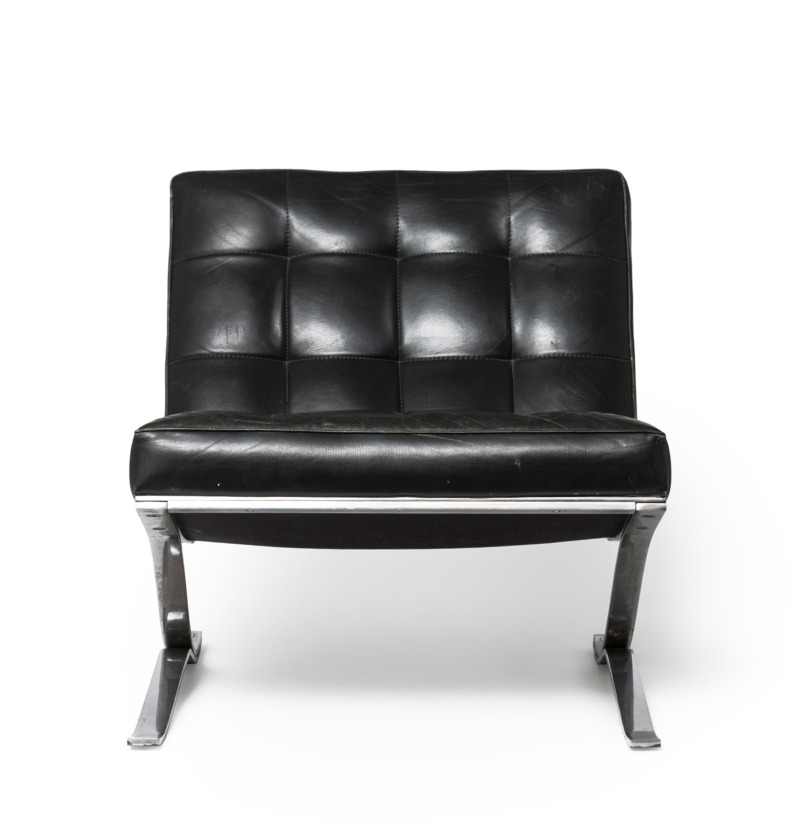“Made in W-Germany” is inscribed on this carpenter’s hammer, which was actually used in West Berlin – more precisely in the squatted houses of Kreuzberg.
In the 1980s, many houses in Kreuzberg were largely vacant and left to decay. At the same time, there was a great housing shortage in West Berlin. The idea of occupying the available living space therefore seemed like an obvious solution. However, as it had often been neglected for decades, basic repairs had to be carried out first – the Instand-Besetzung (repair-squat, similar to urban homesteading) with its motto “It’s better to repair and squat than to neglect and own” was born.
In contrast to more radical squats, the “instandbesetzten” (repair-squatted) houses were often renovated and legalized with the support of the city. An important player in this context was the International Building Exhibition (IBA), which took place in Berlin from 1979 to 1987. The “careful urban renewal” of Werkbund member and planning director of the IBA’s renovation of old buildings Hardt-Waltherr Hämer left its mark, particularly in Kreuzberg. The IBA even appointed its own self-help officer in 1980, the Berlin Senate launched a “Self-Help Bulding” funding program in 1982 and the IBA published the magazine “Bausteine zur Selbsthilfe” (Building blocks for self-help).
Despite instructions and financial support, some of the work could not be carried out by the squatters themselves – this is where trade companies such as H&S Kiezbau GmbH came into play. H&S Kiezbau marked their tools with a green blob of paint so that no tools were lost on the often somewhat chaotic construction sites.
Kiezbau GmbH was based in Naunynstraße 68, in the immediate vicinity of the old location of the Werkbundarchiv – Museum der Dinge in Oranienstraße – the former museum building has been vacant since December 2023….

